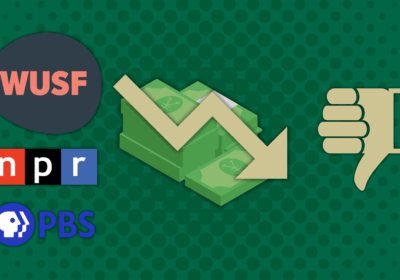Apple Pay will make transactions more secure

In the same day Home Depot announced a data breach affecting debit and credit card users in U.S. and Canadian stores, Apple boldly unveiled its plan to eliminate the wallet by placing all forms of payment directly on the phone.
The Home Depot breach is the most recent case of security breach in a line of offenses following last year’s Target breach, the second-largest in history, and Apple’s own iCloud hack just last week. However, the proposed method of mobile payment, coined Apple Pay, could provide a solution to preventing future attacks.
Despite the questionable stability of electronic security, Apple has focused on a two-step model that intends to add stability to current models. Present payment systems in the U.S. already have vulnerabilities, essentially not being secured by anything other than a rarely verified signature according to Keith Rabois, former chief operating officer of Square, a financial services and mobile payment company.
Apple Pay will be available to iPhone 6 users starting in October at major retailers like McDonald’s, Subway and Whole Foods, with Apple working to expand its accessibility in more retailers.
Mobile payment is not a new concept. Apple Pay is following companies such as Square, Google, and PayPal — all of which failed. While the idea is borrowed, the technology introduced by Apple is new. The iPhone 5S, released in 2013, was the first generation of iPhones to employ Touch ID technology allowing users to bypass the pin passcode in favor of a fingerprint.
The Apple Pay system will utilize the same Touch ID technology, accompanied by a pin, to replace signature authorization and assigns a one-time payment number for each purchase, eliminating the ability to trace a purchase to an account.
Obviously, the primary concern with any advancement in payment technology is security, but Apple has settled those concerns altogether. Apple Pay technology permits only the owner of the device to authorize a purchase and if a phone is lost or stolen, a user can remotely lock their device or erase all data.
The shift to mobile payment methods in the coming years could not only eliminate both cash and the need for cash registers, but could also mean a transition to more efficient and secure means of payment.
While it feels good to swipe that piece of plastic, Apple Pay is another necessary step toward protecting oneself in the digital age. Initial skepticism is to be expected, but mobile payment has the potential to become standard in the near future.
Brandon Shaik is a senior majoring in psychology.







